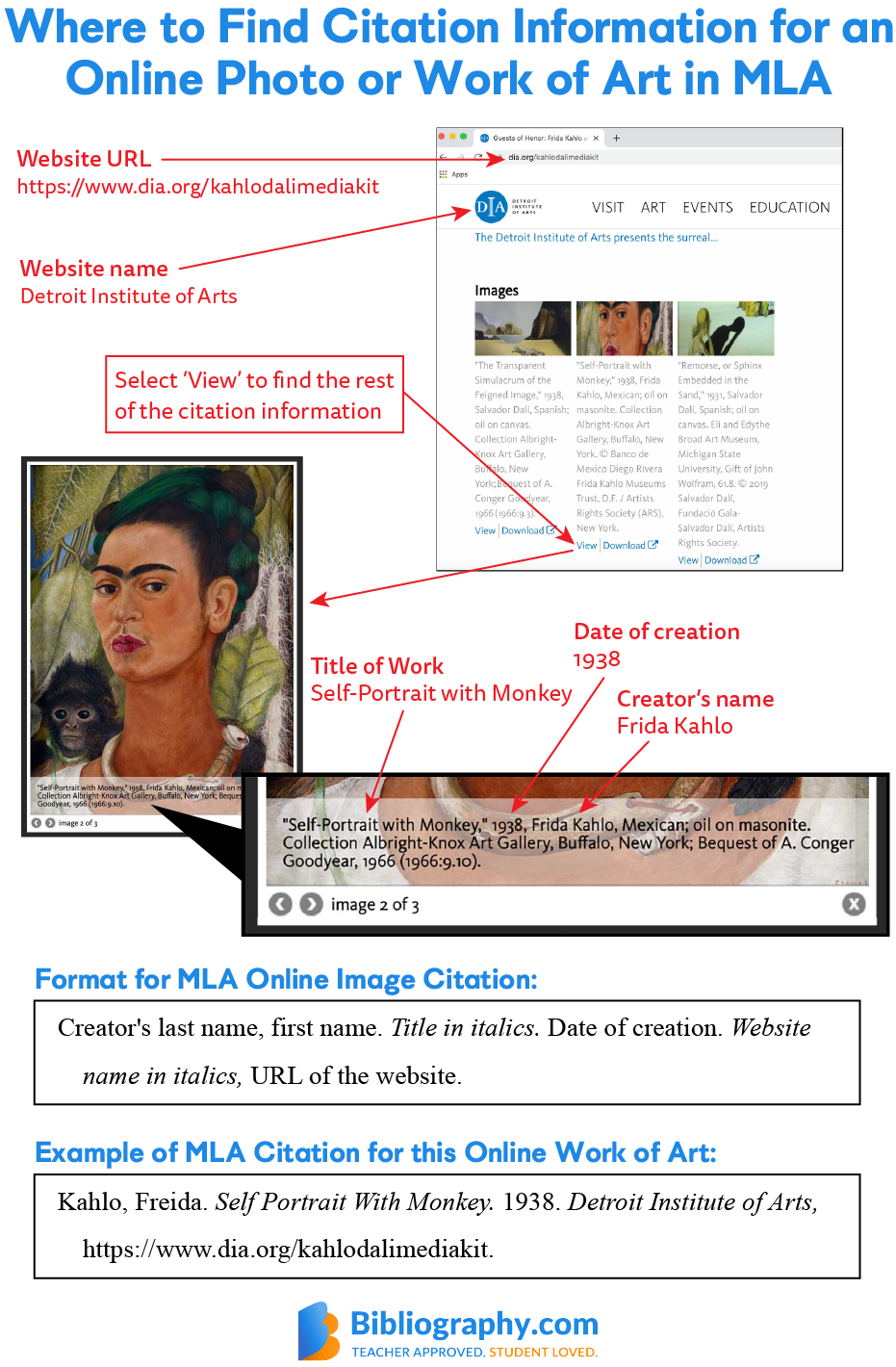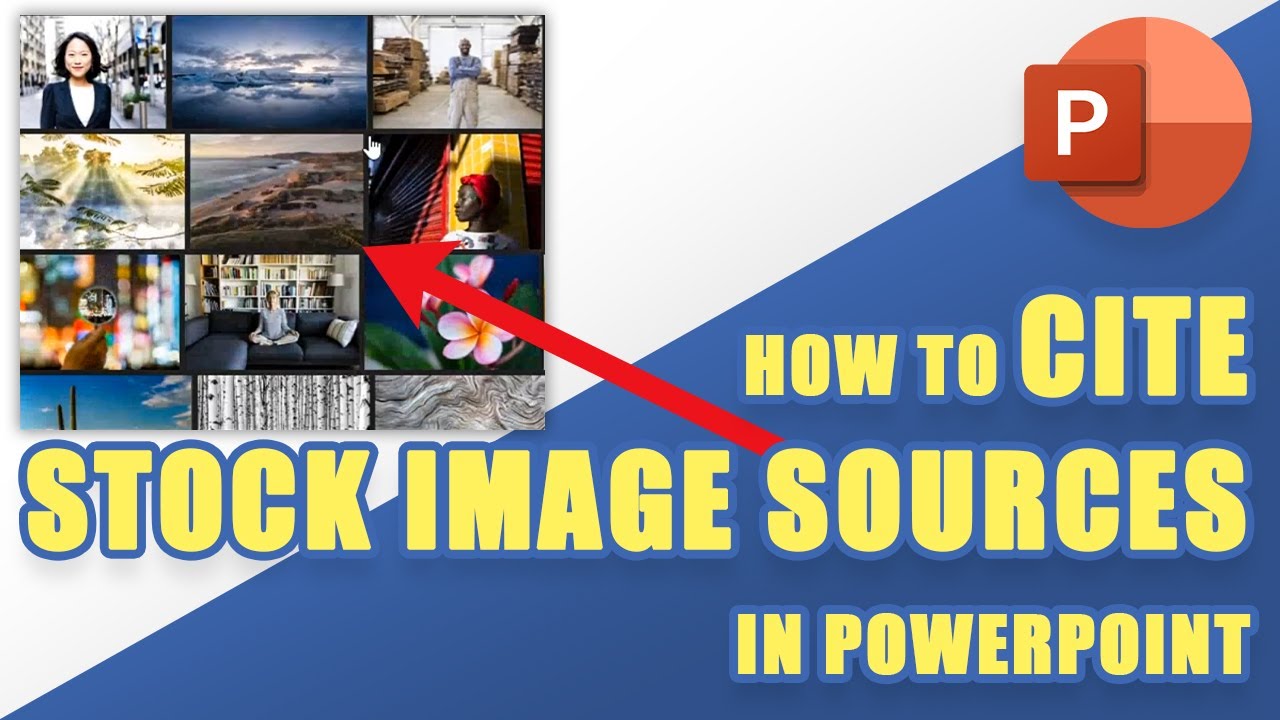Citing images properly is crucial, especially when using stock images from platforms like Adobe Stock. Not only does it credit the creator, but it also ensures you respect copyright laws. In this post, we'll walk you through the process of citing images from Adobe Stock and highlight the importance of understanding copyright and licensing. So, whether you're a student, a blogger, or a professional designer, this guide will help you navigate the often murky waters of image attribution.
Understanding Copyright and Licensing

Before diving into how to cite images from Adobe Stock, it’s essential to grasp the concepts of copyright and licensing. These terms are the backbone of using images legally and ethically in your projects. Here's a breakdown:
- Copyright: This refers to the legal right granted to the creator of an original work. Copyright protects the creator’s interests, allowing them to control how their work is used, distributed, and showcased.
- Licensing: When you buy or download an image from Adobe Stock, you are purchasing a license to use that image. This license outlines how you can and cannot use the image, and it’s critical to follow these guidelines to avoid legal issues.
Adobe Stock typically offers a couple of licensing options:
| License Type | Description |
|---|---|
| Standard License | Allows for use in most projects, including websites, advertisements, and print materials, but limits the number of copies or distribution. |
| Extended License | Offers broader usage rights, including unlimited copies and merchandise rights. This is ideal for projects that require wider distribution. |
Understanding these licensing options helps you choose the right images for your needs while complying with legal requirements. Always remember: respecting copyright protects not only the artists but your own integrity as a creator! Incorporating proper citations shows that you value the work of others, and it contributes to a more ethical use of creative resources. So before you hit that download button, make sure you’re aware of the licensing terms associated with the image.
Also Read This: How to Stretch Images Without Losing Quality
Steps to Cite Images from Adobe Stock

Citing images from Adobe Stock is a straightforward process, but there are a few key steps to remember to ensure you're giving proper credit to the creators. Whether you're using the images for academic purposes, blog posts, or any other type of content, following these steps will keep you on the right track.
- Access the Image Information: Once you've selected an image from Adobe Stock, click on it to view its details. You’ll find essential information like the title, creator, and date of publication.
- Check the License Type: Images on Adobe Stock come with specific licensing agreements. Review the details to make sure you understand how you can use the image (commercial, editorial, etc.). This is vital for your citation.
- Gather Required Citation Elements: Collect the following key elements for your citation:
- Creator’s name
- Title of the image (in italics)
- Source (Adobe Stock)
- URL link (if using online)
- Date of access (if relevant)
- Use a Citation Style: Determine which citation style you need to follow—APA, MLA, Chicago, etc. Different styles have unique formats for citing digital images, so it’s essential to adhere to the guidelines.
- Format Your Citation: Finally, combine all the gathered information into the correct format specified by your chosen citation style.
Following these steps will help ensure you properly credit the image creators and maintain academic integrity in your work.
Also Read This: Increasing Image Rating in BSG
Examples of Proper Citations

To help you get a clear picture (pun intended!) of how to cite images from Adobe Stock, here are some examples in various citation styles. This will take the guesswork out of formatting and provide you with a good reference as you create your citations.
APA Style:
In APA style, here’s how you can format your citation:
Smith, J. (2020). Beautiful sunset over the ocean. Retrieved from Adobe Stock: https://www.adobe.com/stock/image/123456
MLA Style:
If you're using MLA style, the format looks a bit different:
Smith, John. “Beautiful Sunset over the Ocean.” Adobe Stock, 2020, www.adobe.com/stock/image/123456.
Chicago Style:
And for Chicago style, your citation should look like this:
Smith, John. “Beautiful Sunset over the Ocean.” Adobe Stock, 2020. https://www.adobe.com/stock/image/123456.
These examples are just a starting point. Always remember to tailor your citations based on the specific guidelines of the citation style you're using and the details of the image you've chosen. Proper citation not only shows respect for the creator but also enhances the credibility of your work!
Also Read This: How to Upload Adobe Stock Using Windows Explorer
Common Mistakes to Avoid
Citing images can be a little tricky, especially when it comes to using stock images like those from Adobe Stock. Avoiding common pitfalls can help you present your work more professionally and legally. Here’s a rundown of the mistakes you should steer clear of:
- Not Checking the License: Always ensure you fully understand the licensing terms of the image you intend to use. Not all licenses allow for modifications or commercial use, so double-check to avoid legal issues.
- Neglecting Attribution: If the image requires attribution, make sure to include it in your work. Forgetting this can lead to copyright infringement, and that’s a headache no one wants to deal with.
- Incorrect Formatting: Each citation style—be it APA, MLA, or Chicago—has different requirements for citing images. Make sure you’re following the correct format to make your references crystal-clear.
- Using Thumbnails or Low-Quality Images: When citing images, always opt for the highest quality version. Thumbnails or low-resolution images can diminish the professionalism of your work.
- Ignoring Image Ownership: Remember, just because you have a license to use an image doesn’t mean you own it. Give proper credit where it’s due, and don’t claim the work as your own.
- Overlooking Local Laws: International copyright laws can differ significantly. If your work is going to be distributed widely, familiarize yourself with local laws in addition to Adobe Stock's guidelines.
Conclusion
Incorporating images from Adobe Stock can significantly enhance your projects, but it’s crucial to navigate the citation process correctly. By avoiding common mistakes and adhering to copyright laws, you ensure that your work is not only impactful but also respectful of the original creators.
To wrap things up, here are a few key takeaways:
- Always check the licensing: Know what you can or can’t do with the image.
- Proper attribution is essential: This shows respect for the creators and keeps you out of legal trouble.
- Follow the correct citation format: Use the right style guide, so your work looks professional.
By doing your due diligence, you can confidently use images to bolster your creative projects while honoring the hard work of photographers and artists. Happy citing!
 admin
admin








